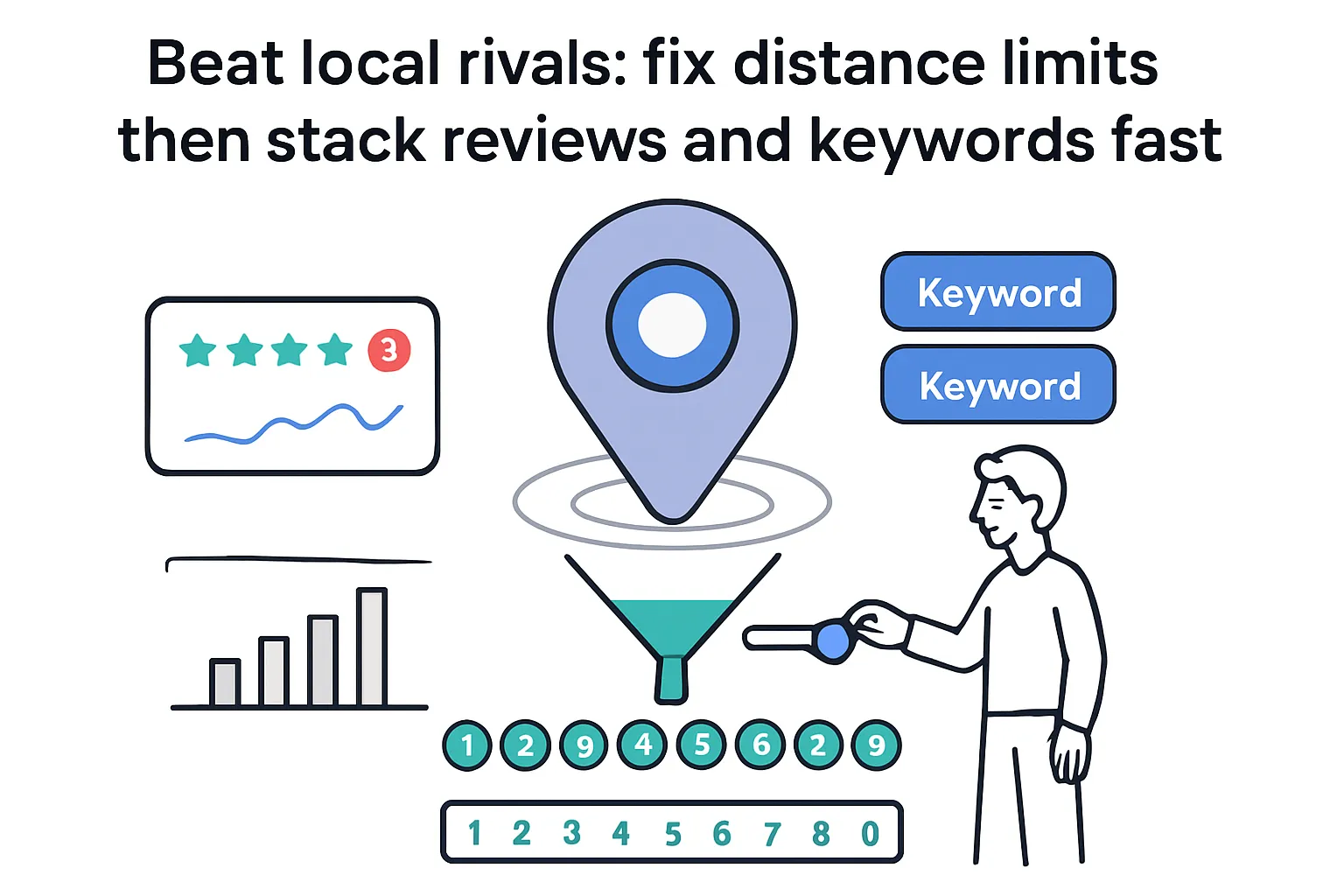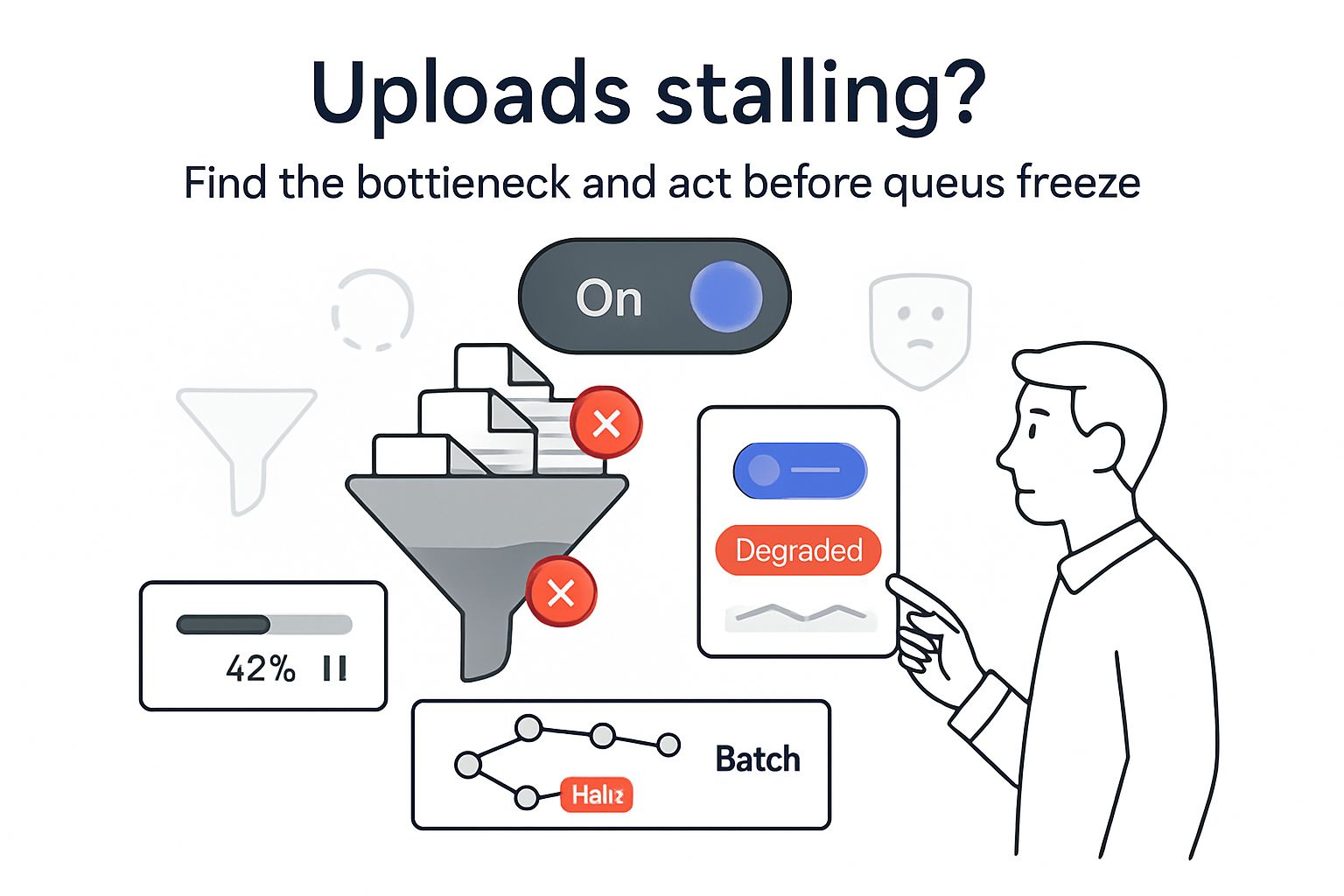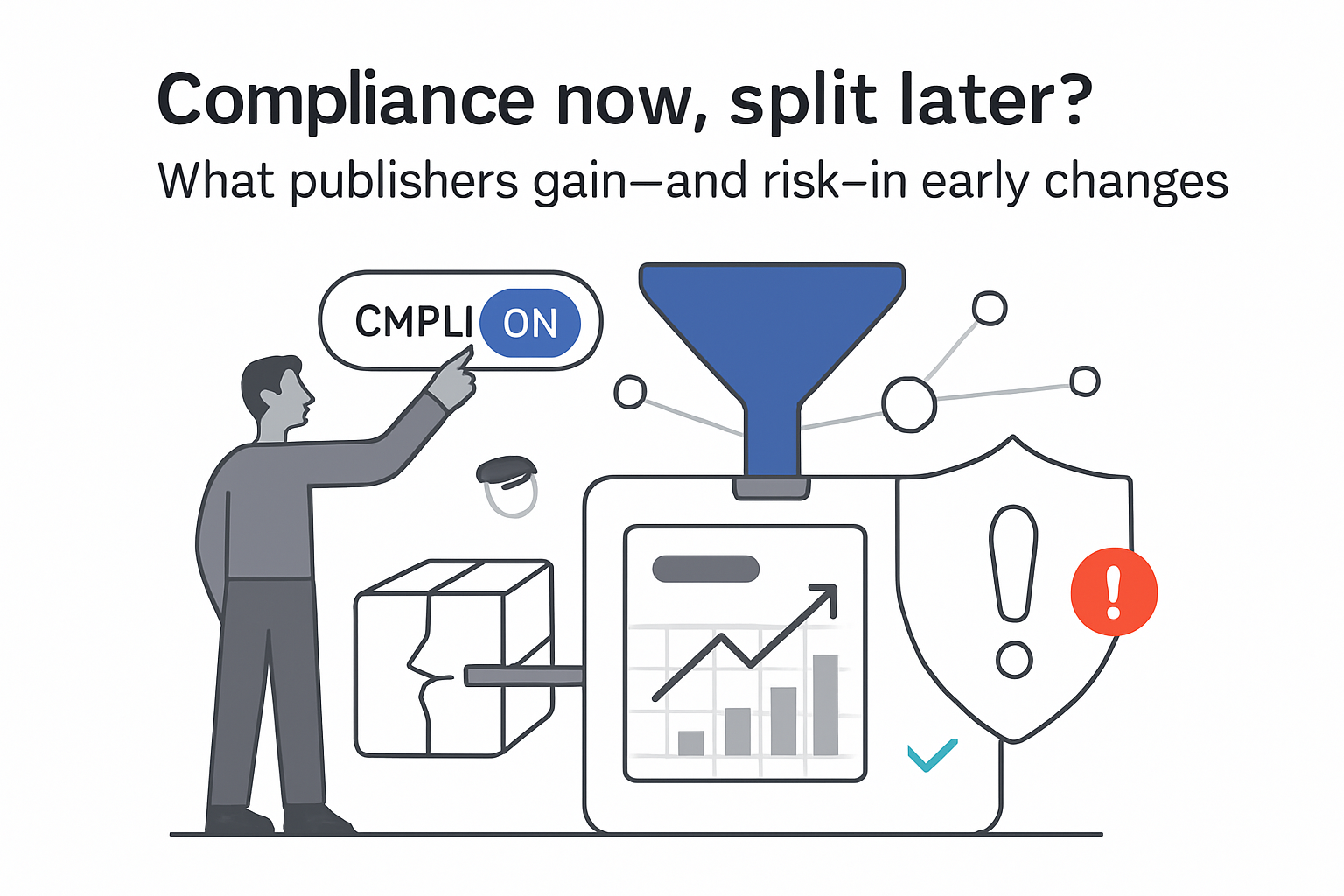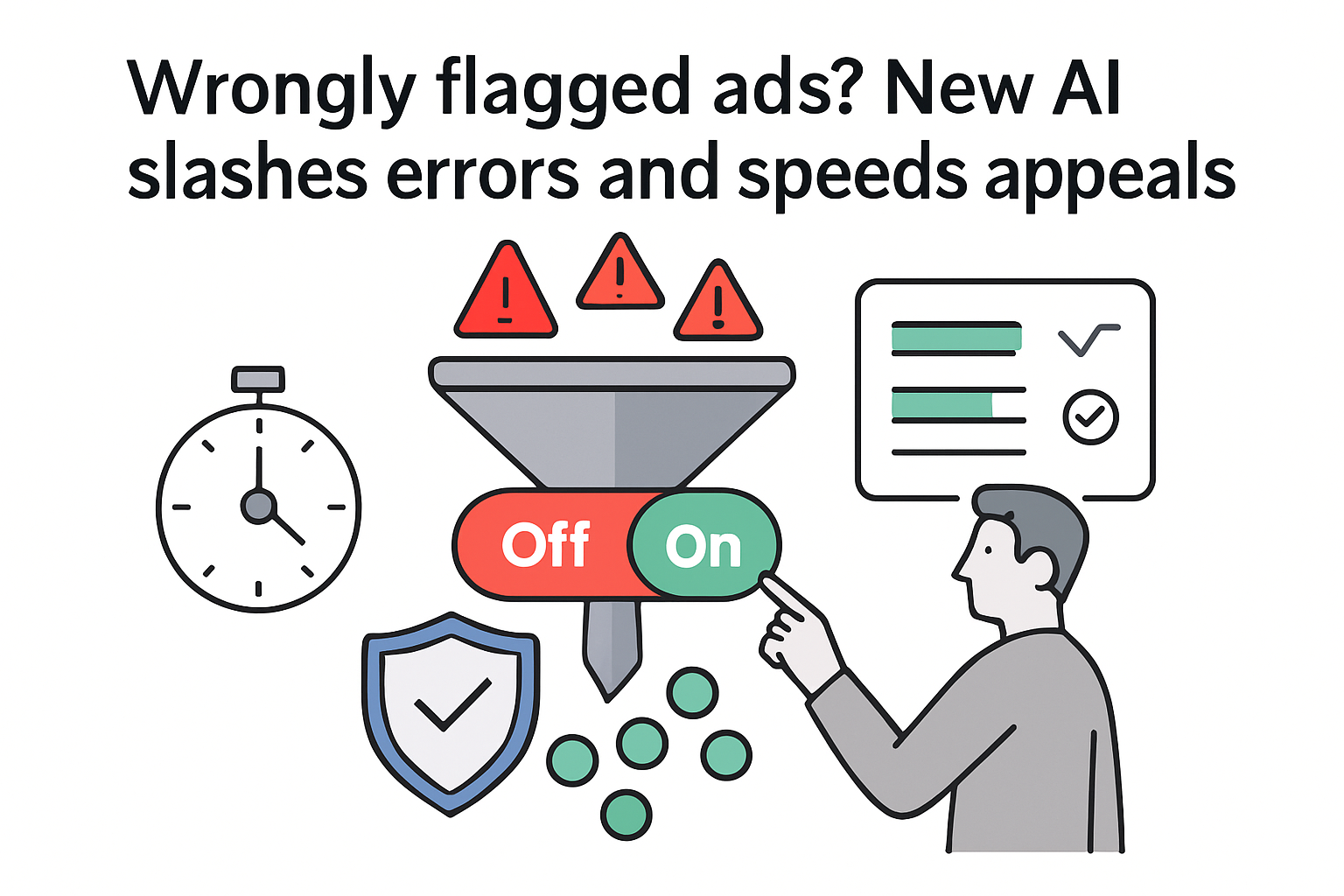Modeling of 3,269 Google Business Profiles across food, health, law, and beauty finds proximity drives overall local visibility, while review volume and keywords in review text increasingly separate winners at the top of results. The pattern mirrors Google's local ranking pillars - relevance, distance, and prominence - with reviews contributing to prominence. Consult the full report to calibrate what you can change: location sets the baseline; reviews and profile relevance move you up the pack.
Google Business Profile ranking factors
Executive Snapshot
- Across positions 1-21, proximity explains 55% of visibility; review count accounts for 19% in the model. In the top 10, proximity drops to 36%, review count rises to 26%, and review keyword relevance reaches 22%.
- Dataset: 3,269 businesses in food, health, law, and beauty; model: XGBoost on geogrid visibility, Google Business Profile metadata, website content, and reviews; the global model explains approximately 92 to 93 percent of variance.
- Sector nuance: law skews toward proximity; beauty and food show stronger influence from reviews and profile relevance; health balances proximity with review strength.
- Google's documentation lists distance and prominence - including reviews - as core determinants of local ranking, consistent with these findings. See Google's local ranking guidance.
- The study observes positive associations for keywords in review text and indicates that business name alignment with query intent can correlate with higher visibility, subject to naming guidelines.
One-line implication for marketers: To climb from visible to top positions, prioritize review volume and on-topic review text; location advantage alone is not sufficient.
This snapshot reflects modeled feature importance (correlations), not causation. Weigh the patterns against your category and market density before reallocating effort.
Method and source notes for local ranking factors research
What was measured
Search Atlas modeled local visibility across geospatial grids against a feature set that included Google Business Profile details (name, categories), on-site content, and review data (count and text features). The model assessed feature importance across overall positions and within the top 10.
Who and when
Search Atlas published the analysis in 2025, covering 3,269 businesses across four sectors. Search Engine Journal provided a secondary summary.
Method
XGBoost regression on grid-based visibility measurements. The global model explains roughly 92 to 93 percent of variance, indicating strong fit for the included features in the sampled markets. Feature importance quantifies correlation with visibility, not causal lift.
Limits
Proximity may be overstated due to fixed geogrid collection. Results are a snapshot in time and may not generalize beyond the sampled categories or locations. While the study suggests Google semantically parses review text, the analysis remains correlational.
Context sources
Google describes local ranking as a function of relevance, distance, and prominence, with review count and score affecting prominence. Whitespark's annual expert survey consistently ranks proximity/distance and keyword relevance - including keywords in the business title - among influential pack factors, though it is opinion-based rather than modeled on primary data.
Findings: proximity vs reviews in local SEO rankings
- Overall visibility: Proximity is the dominant factor across positions 1-21 (55% importance), with review count the next strongest (19%). This supports the widely observed pattern that distance from the searcher governs whether a business appears in the map pack footprint.
- Elite positions: Within the top 10, proximity influence declines to 36%, while review count rises to 26% and review keyword relevance reaches 22%. Review signals become a key separator among already visible listings.
- Review text: The inclusion and strength of review keyword relevance in top positions align with Google evaluating review content to infer topical relevance and prominence.
- Sector variation: Law results appear more proximity-driven, while beauty and food show stronger effects from review volume and review text. Health balances both.
- Naming and profile relevance: Positive associations appear where the business name matches query intent, alongside profile relevance signals. Any naming strategy must follow Google's representation guidelines.
Interpretation and implications for local marketing strategy
Likely: For businesses already within the visible radius, increasing review volume and encouraging reviews that mention specific services or attributes is associated with better top-10 placement. This supports structured review-generation programs and prompts that elicit natural, specific language from customers.
Likely: Location sets your feasible catchment area. You cannot rely on proximity alone to win competitive head terms in dense markets; prominence signals - especially reviews and profile relevance - become more decisive in the final ranking order.
Likely: Category planning should reflect sector patterns. Law firms should ensure strong proximity coverage and consistent basics; beauty and food should invest proportionally more in review acquisition and on-topic review content; health requires a balance of both.
Tentative: Business naming that clearly reflects the real-world brand and service focus can correlate with higher visibility. Do not add extraneous keywords; the name should match real-world usage and guidelines.
Tentative: Regularly audit review text for topical coverage (for example, procedures, products, neighborhoods) and identify gaps relative to target queries. Prioritize requests from customers who used high-value services to improve topical coverage over time.
Contradictions and gaps in local ranking studies
- Correlation vs causation: Feature importance from XGBoost indicates associations, not lift from interventions. Without controlled tests, the magnitude of expected gains from more reviews or different naming cannot be guaranteed.
- Measurement bias: Fixed geogrid collection can inflate proximity's role; different grids or user contexts (mobile vs desktop, personalization) may shift factor weights.
- Unreported dimensions: The study highlights review count and review keyword relevance but does not detail the weight of star rating, review recency, photos, or owner responses relative to these factors.
- Category coverage: Only four sectors were analyzed; other verticals may behave differently.
- Expert vs model differences: Expert surveys frequently emphasize keywords in business titles and primary category selection; this model emphasizes proximity and review signals. Reconcile opinion-based rankings with modeled evidence per category and market.








.svg)